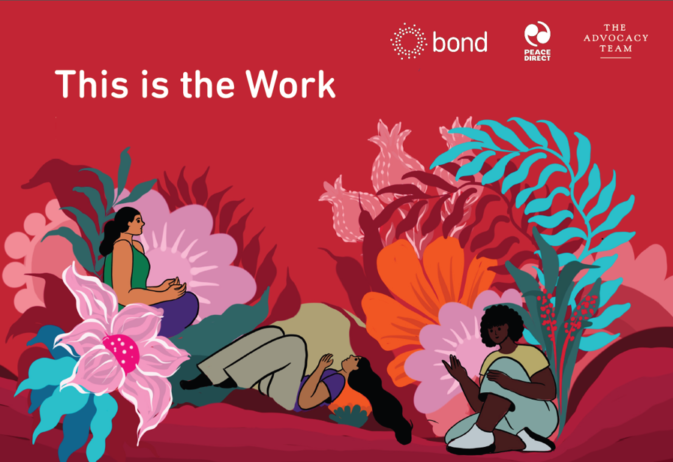3 trends in UK development policy that Brexit will accelerate
The decision by the UK to leave the EU on the surface looks likely to have a limited impact on the operational functioning on UK development policy.
EU development policy is a shared parallel competence meaning that member states maintain their own bilateral aid programmes. However, Brexit will mean that UK aid will no longer benefit from the extensive reach of the EU globally, especially in strategic areas of the world where the UK has limited on the ground presence – the EU is present in all 43 fragile states, while DFID has projects in only 11.
Perhaps of greater issue is that Brexit is likely to accelerate existing trends within UK development policy. Here are three we’ve noticed.
1. More ODA spending may be shifted away from DFID
Despite critics of aid being emboldened by Brexit, there does appear to be a political consensus around maintaining the 0.7% target. It is when you look behind the headline figure that we spot the trends.
There remains – to date – an ongoing commitment to 0.7% by the most recently elected government, but the Conservative manifesto hinted that the UK’s legal framing of Official Development Assistance (ODA) would be reviewed to create a “better” guide to development spending. This might include refugee costs or some forms of military expenditure.
Whatever the legal definition, we see a clear narrative that UK aid spending must benefit the UK. Some of the change is reflected in shifts in the ODA budget allocation away from DFID to other departments, with a quarter of the aid budget (£3.5 billion) being spent outside DFID in 2016. Relatedly, there has been increased use of cross-government funds, such as the Prosperity Fund, and the Conflict, Stability and Security Fund (CSSF).
While poverty reduction programmes and goals certainly remain important, much of the new energy and investment of the Government’s aid strategy has been in stimulating trade and private sector-led development. Brexit may accelerate the trend to utilise aid to secure trade deals, given the need for the UK to re-focus its foreign and trade policy away from the EU (as we argue in our recent paper). We anticipate less aid may be available for INGOs and more aid will be channelled via the private sector and/or organisations with less expertise in development.
2. More aid may be used for business investment rather than development
We may also see an increase in the volume of aid devoted to business investment. This would fit with DFID’s proposal to increase the support the government can give to the Commonwealth Development Corporation (CDC), the UK’s development finance institution, from £1.5bn to £6bn. Any spending via the CDC must conform to the (current) UK law that international development spending must have the goal of poverty reduction.
Some of the previous focus on using aid to negotiate market access has dissipated. Instead, work seems to be going into ODA-able trade projects such as infrastructure and supply-side capacity that developing countries need to connect to regional and global markets. An example is a road project aimed at improving access to the port of Mombasa. A separate £30mn Invest Africa programme was also established to create 90,000 jobs in Kenya and other African countries in areas which are most likely to appeal to British companies.
These schemes may well have desirable impacts in terms of jobs and economic growth, but these do not automatically translate into poverty reduction or social wellbeing – a critique that is decades old, but which we feel is necessary to raise again.
Subscribe to our newsletter
Our weekly email newsletter, Network News, is an indispensable weekly digest of the latest updates on funding, jobs, resources, news and learning opportunities in the international development sector.
Get Network News3. Development may be pushed down the political agenda
The nature of the Brexit discussions and the domestic nature of the confidence and supply agreement between the Conservatives and the DUP could be seen as factors that will push international development further down the political agenda.
However, there is evidence that the opposite is true with there being more bandwidth for international development – if austerity continues, the debate about spending 0.7% of GNI on aid is unlikely to abate in the media. However, the political consensus on the target appears solid so the key disputes are likely to be around what counts as ODA, should aid be re-focused to MICs and how to scrutinise ODA spending by non-DFID departments.
Category
News & ViewsThemes
Politics



